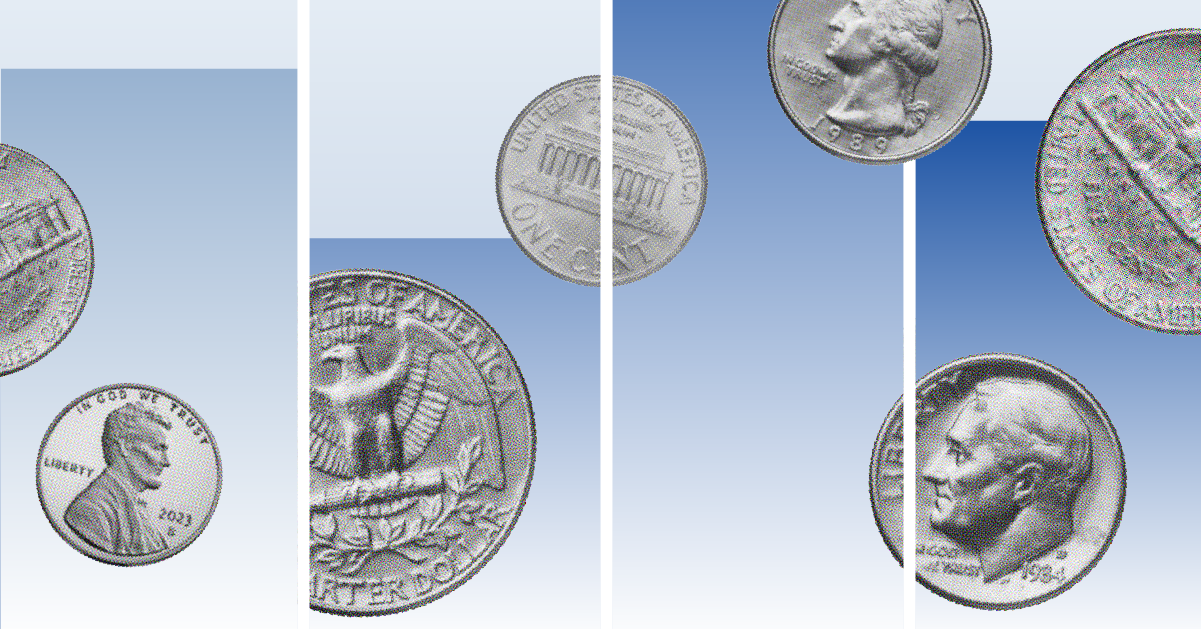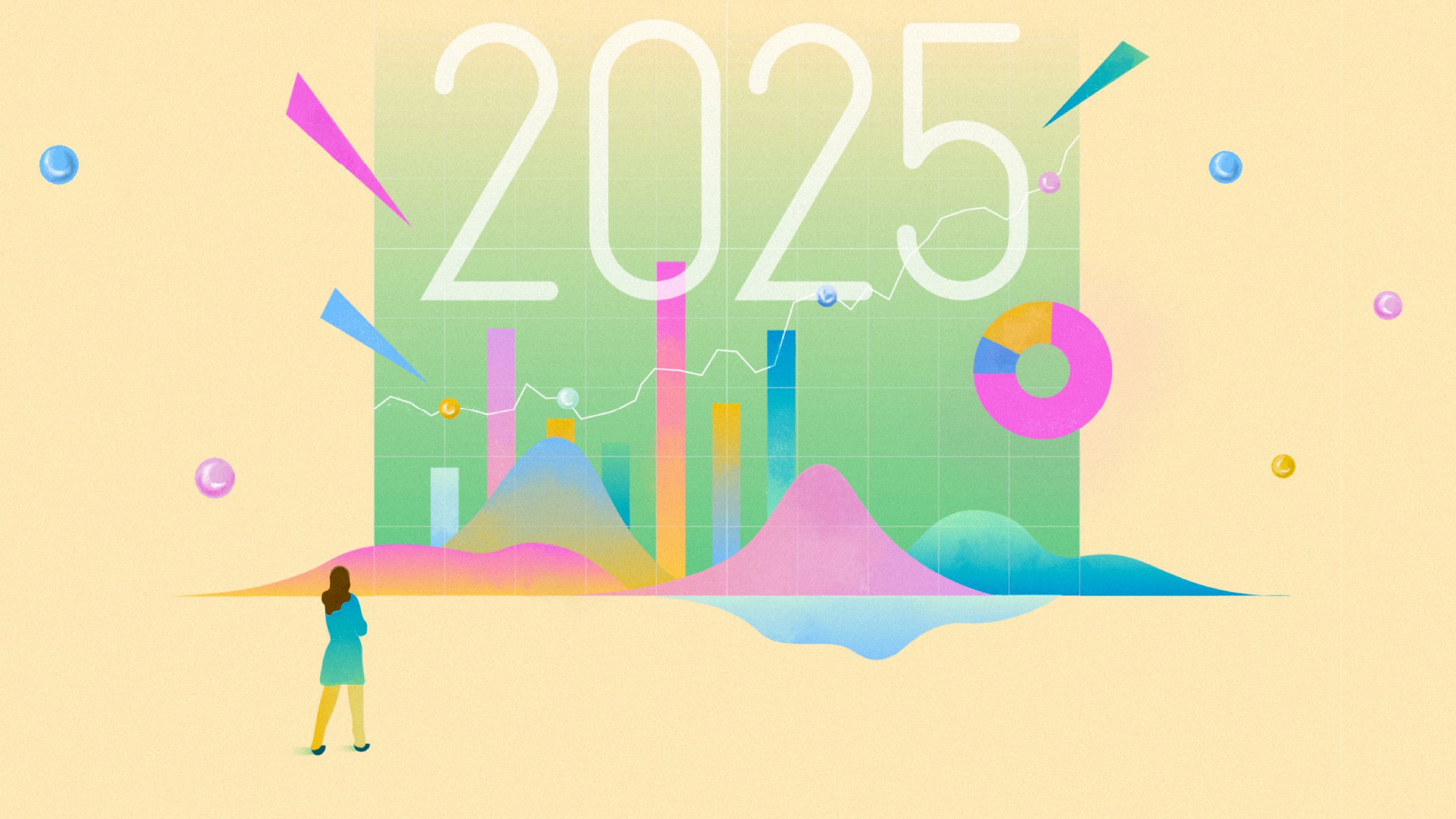Summary
US GDP growth in 2014 should continue at a 2.0%-2.5% rate, inflation at 1.5%-1.8%, and job growth at 190,000 per month.
The recovery continues at a snail's pace, with income and consumption growing at half their normal recovery rate due to slower population growth and an aging demographic.
The good news is real hourly wage data points to a stronger labour market.
Economic Forecast for 2014
Below is my economic forecast, which includes my estimates for 2013 and 2014, as well as data from 2011 and 2012 for comparison. The table is based on last-period to last-period growth rates, or the last period of data for single data points.
What is most striking to me about the table is that overall US GDP growth rates, employment growth and consumption have all been stuck in a very narrow range, centring on 2%, for the last three years. I expect much the same result in 2014. The US economy appears very much like an ocean liner, finding it very difficult to change either speed or direction. My forecast is little changed from my last quarterly report, though this table now includes more data points.

I expect little change in the overall GDP growth rate in 2014, but the composition of that growth is likely to be somewhat different. Inventories should be a much smaller contributor to growth, net exports are likely to be a larger subtraction from GDP as imports grow, and government spending should be a much smaller negative next year. Consumption, housing and business investments (excluding inventories) are likely to change little from their 2013 growth rates. I don't see a big boom or a bust.
Others are more bullish on overall GDP growth, but I suspect growth rates in autos will decelerate, existing home sales will likely be flat and government spending will still be a drag, albeit smaller than the rather large subtraction in 2013. With little change in the 2% GDP growth rate, I suspect employment growth also won't change much in 2014.
Slow growth, a wide output gap (a fancy capacity utilisation measure) and a bumper farm crop should all keep inflation in check in 2014, although medical costs may rise faster than in 2013, bringing up the overall rate of inflation. With the Fed officially tapering bond purchases, 10-year Treasury bond rates should move up to reflect the inflation rate plus a spread, now that the Fed is withdrawing its support.
Auto sales should continue to do well in 2014, with continued employment growth, new models and an ageing fleet. Unfortunately, auto sales are now approaching previous highs and the law of large numbers is beginning to set in, with year-over-year growth rates likely to slow.
I'm still expecting an acceleration in housing starts, as it has taken homebuilders some time to gear up for increased demand (zoning, land acquisition, etc.). However, existing homes will be hard-pressed to grow much given higher rates, more competition from new homes, tight inventories and lower affordability.
My estimates could be too low if the housing market reaccelerates sharply, if the government fiscal drag is less onerous than I believe, or if businesses sharply accelerate spending. The estimates could be too high if inflation accelerates, there is a large geopolitical event, or if the government continues to trim spending too sharply.
It's Still a Below-Average Recovery
At the four-year-and-one-quarter mark, the economic recovery that began in June 2009 remains one of the slowest recoveries of the post-World War II era. Consumption growth, at 1.6%, is less than half of the average annual growth rate of 3.9% at the four-year, one-quarter mark (or at the economic peak, if the recovery didn't make it to the four-year mark). Real disposable income data isn't doing much better this recovery.

At least part of the reason for the slowing is continued softness in population growth, which, along with productivity, tends to drive long-term economic growth. Early recoveries were blessed with population growth of as high as 1.8%. The current recovery saw only a 0.8% population growth rate in 2009, when the recovery began. Subsequently that population growth rate has dipped even lower to 0.7%, further impeding overall economic growth. The slower population growth rate is due to a more moderate rate of growth in births and faster growth in deaths as the population ages. Immigration has fallen as well.
The census bureau estimates that the population growth rate will increase slightly for the rest of this decade before beginning a multi-decade decline to a 0.5% growth rate by the middle of the century. And even that depends on a sharply higher immigration rate.
Higher population growth rates have generally been associated with higher GDP growth rates. However when population growth began to slow in the 1970s, it didn't affect consumption immediately for several reasons. First, consumption in the 1970s and 1980s was supported by sources other than income as the gap between spending and income widened. More borrowing or the spending down of assets accounted for some of that and helped consumption stay higher than one might have expected. More women entering the workforce (more income per household) also probably helped push incomes and consumption, even in the face of slower population growth. Finally, the 1970s and 1980s benefited from baby boomers moving into their prime spending and income years.
Total population growth is a very blunt instrument, while a more carefully constructed age-based growth model could provide even more clues to future economic growth. Unfortunately, that is not good news for the decades ahead, as ageing populations with large numbers of retirees don't generally grow as fast as countries with a younger average population.
All of this is just a very long way of saying that recently, slower economic growth rates are consistent with a slower-growing, ageing population. Those expecting a return to 3%-4% GDP growth could be waiting for a very long time indeed.
The above are excerpts from Bob Johnson's quarterly economic report. Read the full report on our US website Morningstar.com.





























